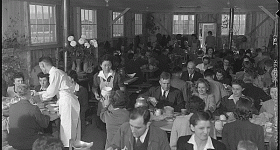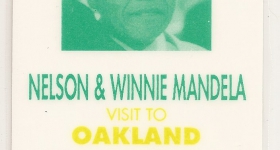Photo courtesy of the Shacknai family
Recent evidence suggests that Rebecca Zahau did not commit suicide, as was originally concluded by San Diego police.
For those who haven't been following, Zahau was found dead naked with her feet tied and hands tied behind her back in the home of Jonah Shacknai. This happened several days after a fatal accident involving Shacknai's son. Though initially described as a "very violent and very suspicious" death by officers on the scene, San Diego police immediately ruled the death a suicide and quickly closed the case.
Recent mainstream articles question the ritualistic method of her death. Law enforcement responded to the new evidence saying it did not warrant a re-opening of the case.
Here are a few unsolved questions I have for San Diego Lt. Larry Nesbit:
- Why does her skull have four separate, major blunt trauma wounds on it?
- Why were there bruises and blood found on the body when investigators arrived?
- Why is there evidence that a t-shirt was used to gag her, with t-shirt fragments found in her mouth?
- How is it possible that Zahau was able to tie her own hands behind her back prior to hanging herself?
- Why is there evidence of adhesive tape residue on her legs and body?
- Why would Zahau choose to commit suicide in such a humiliating way?
- The supposed suicide note painted on the bedroom said "She saved him, can he save her?" This note was painted at a height much taller than Zahau's 5 foot 3 height and does not match her handwriting. Why is this considered a suicide note (and not a chilling third-person message from her murderer), and why hasn't there been any work to try to match her handwriting?
- Why did Adam Shacknai, Jonah's brother who was living on the premises and reported the death, cut Zahau's body from hanging before the police arrived? He did not do it to protect the exposed body, as her body was still naked when authorities arrived.
The mysterious facts of this case remind me of injustices regarding other murdered Asian Americans, such as Robert Wone and Vincent Chin. US law enforcement and judicial systems are not unlike academic or corporate settings, where they may operate based on ideals grounded on truth, objectivity, or meritocracy, but in reality can be influenced by how ineffectual or powerless an individual (or an entire group) is. Lack of strong community challenge to quesionable decisions by officers, judges, or decision makers -- such as the case of Rebecca Zahau -- perpetuates the cycle, and an argument can be made that little has changed since Vincent Chin's killers got away almost three decades ago.










Comments